TURKEY'S CRUDE STEEL PRODUCTION FALLS
In April 2023, Turkey's crude steel production decreased by 20.6% yoy to 2.7 million tons.
In the January-April period, production decreased by 21.3% to 10.1 million tons.
TURKEY STEEL CONSUMPTION INCREASED
Final product consumption increased by 16.2% to 3.5 million tons in April compared to the same month of 2022 and by 7.9% to 12.5 million tons in January-April period.
TURKEY FOREIGN TRADE FIGURES RELEASED
Steel exports decrease in Turkey
In April, exports of steel products decreased by 55.2% to 629.9 thousand tons in quantity and 59.9% to 566.4 million dollars in value.
In the January-April period, compared to the same period of 2022, exports decreased by 50.1% to 2.8 million tons in quantity and 53.8% to 2.5 billion dollars in value.
Steel imports in Turkey increased compared to the same month of the previous year
In April 2023, imports increased by 30.4% to 1.7 million tons in quantity and decreased by 0.2% to 1.4 billion USD in value compared to the same month of 2022.
In the January-April period, compared to the same period of 2022, imports increased by 11.9% in quantity to 5.9 million tons and decreased by 12.6% in value to 4.9 billion dollars.
Turkey's Foreign Trade Balance declined to 49.8% in the first 4 months of 2023
The rate of exports to imports, which was 94.3% in the first 4 months of 2022, declined to 49.8% in the first 4 months of 2023.
World steel production fell by 2.4% compared to the same month of last year
According to data released by the World Steel Association (worldsteel) for April 2023, world crude steel production decreased by 2.4% to 161.4 million tons compared to the same month of the previous year and by 0.3% to 622.7 million tons in the first four months of the year.
In the first four months of the year, China's crude steel production increased by 4.1% to 354.4 million tons compared to the same period of 2022, while second-ranked India's crude steel production increased by 3% to 43.9 million tons and Japan's production decreased by 5.3% to 28.9 million tons.
The report was evaluated by the Turkish Steel Producers Association as follows
In the January-April period of 2023, Turkey's crude steel production decreased substantially due to the temporary suspension of activities of the producer organizations in the earthquake zone, the decline in exports and the increase in domestic demand directed to imports. Turkey produced 2.7 million tons of crude steel in April, down 20.6% y-o-y, and 10.1 million tons of crude steel in the January-April period, down 21.3% y-o-y, dropping to 10th place in world crude steel production.
Since December 2022, despite the decline in energy prices, factors such as the multilateral subsidies provided by EU countries to energy-intensive sectors, the pressure on exchange rates since August, the continued implementation of safeguard measures and the contraction in demand in the markets led to an extraordinary 50% decline in our exports of steel products in the January-April period. On the other hand, the high level of differences between foreign exchange buying and selling was another important factor that created additional costs for exporters and negatively affected their competitiveness.
Imports increased substantially, especially as Far Eastern countries, which have an advantage in input costs, turned to our market. The fact that consumption, which has increased by an average of 25% in the last two months and 8% in the first four months of the year, was met by imports caused great discomfort.
The ratio of exports to imports, which was 94.2% in the first 4 months of 2022, dropped to 49.8% in the same period of 2023, as imports increased while exports continued to decline sharply. This clearly demonstrated the negative trend in steel foreign trade.
Considering the fact that the capacity of the sector has doubled the domestic consumption, it is of vital importance to take measures similar to those in the US and the EU to control imports and to implement multifaceted measures that will increase the competitiveness of the sector, especially limiting the imports of products with sufficient domestic production capacity within the scope of the Inward Processing Regime, in order to restore the deteriorated balances and to increase its contribution to closing the foreign trade deficit at least to its previous levels.


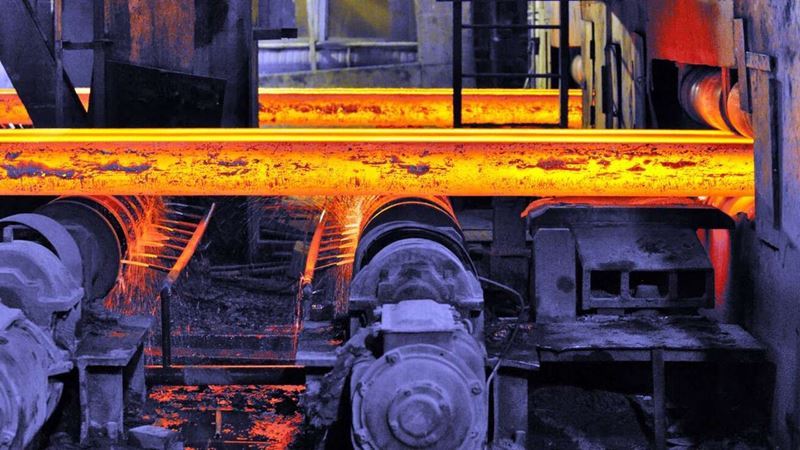


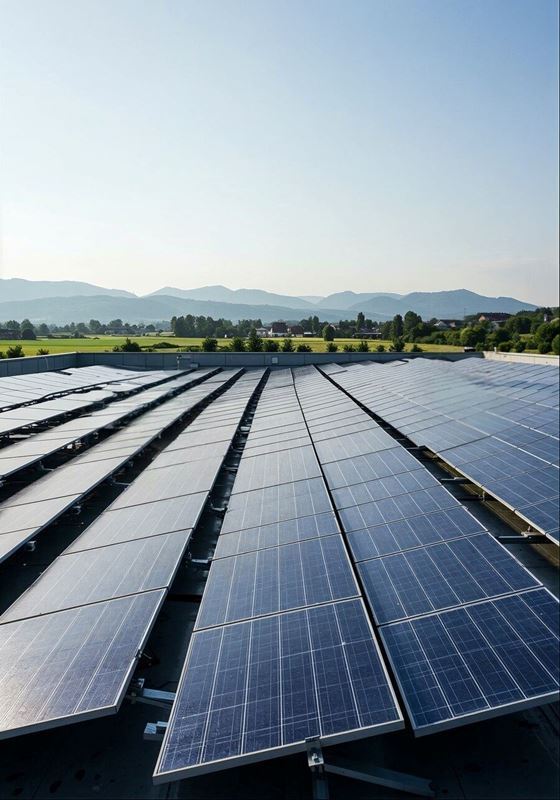
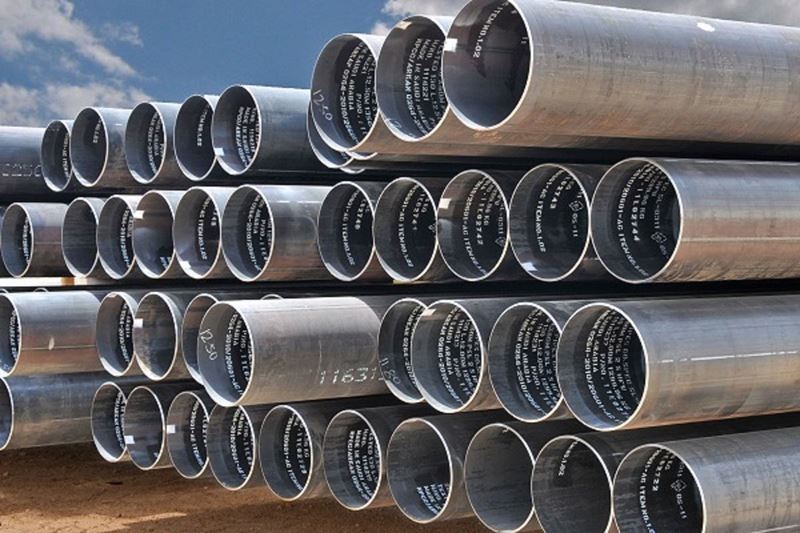
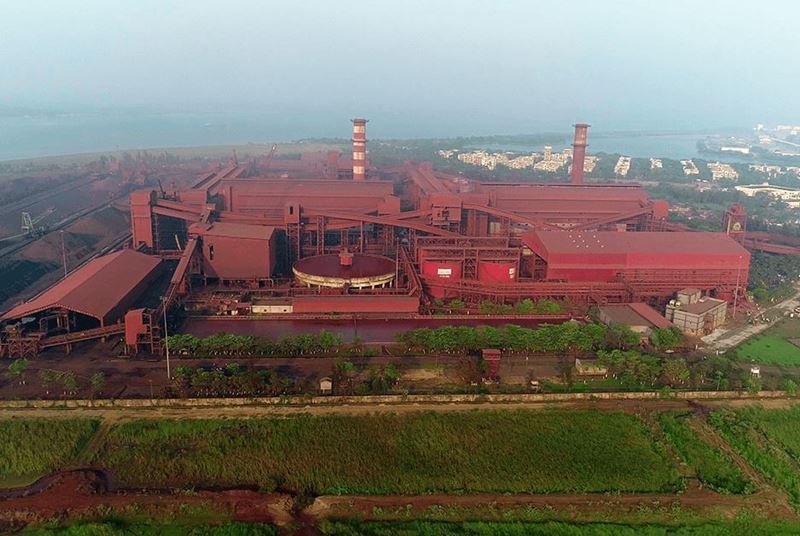
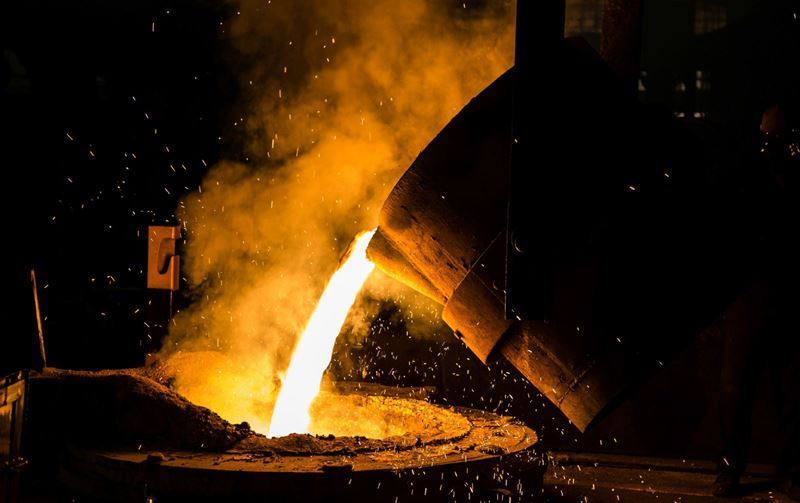


Comments
No comment yet.